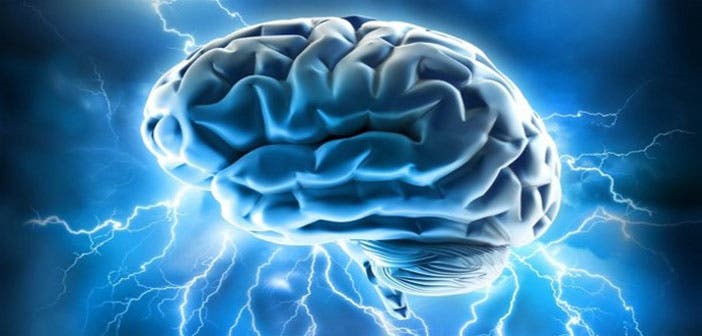Electrically stimulating the frontopolar cortex can enhance creativity, a new study from Georgetown University found.

We tend to think of creativity as something you’re either born with or you’re not; that some people are just wired to be artists while others couldn’t paint to save their life. But this trait stems from your brain, and psychology professor Adam Green, Dr. Peter Turkeltaub from Georgetown University Medical Center (GUMC) and their team found that this organ can be coaxed into thinking more creatively.
“We found that the individuals who were most able to ramp up activity in a region at the far front of the brain, called the frontopolar cortex, were the ones most able to ramp up the creativity of the connections they formed,” Green explains. “Since ramping up activity in frontopolar cortex appeared to support a natural boost in creative thinking, we predicted that stimulating activity in this brain region would facilitate this boost, allowing people to reach higher creative heights.”
And it worked; by stimulating test subjects’ brains using tDCS (transcranial direct current stimulation) in combination with verbal cues, the participants could be made to think more creatively. Then the tDCS was focused on the frontopolar cortex, subjects formed more creative analogical connections between sets of words the researchers gave them to use. They also thought of more and more creative associations between these words.
“This work is a departure from traditional research that treats creativity as a static trait,” Green adds. “Instead, we focused on creativity as a dynamic state that can change quickly within an individual when they ‘put their thinking cap on.’ ”
“The findings of this study offer the new suggestion that giving individuals a “zap” of electrical stimulation can enhance the brain’s natural thinking cap boost in creativity,” he concludes.
The researchers write that their results offer “novel evidence” that tDCS can be used to enhance “conscious augmentation of creativity elicited by cognitive intervention” and extends the known boundaries of tDCS enhancement “to analogical reasoning, a form of creative intelligence that is a powerful engine for innovation.”
Dr. Turkletaub, a cognitive neurologist with the GMUC, hopes that their method of brain stimulation used in conjunction with verbal cues will one day be used to help people with brain disorders.
“People with speech and language difficulties often can’t find or produce the words they need,” he explains. “Enhancing creative analogical reasoning might allow them to find alternate ways of expressing their ideas using different words, gestures, or other approaches to convey a similar meaning.”
Electrical brain stimulation has also been shown to improve learning. Still, Turkeltaub and Green caution that while their results show promise, “it is important to be cautious about applications of tDCS.” This method’s full effects on brain function are still unknown, and experimental data gathered up to know needs further replication before researchers can safely apply it.
“Any effort to use electric current for stimulating the brain outside the laboratory or clinic could be dangerous and should be strongly discouraged,” Green cautioned.
The full paper, titled “Thinking Cap Plus Thinking Zap: tDCS of Frontopolar Cortex Improves Creative Analogical Reasoning and Facilitates Conscious Augmentation of State Creativity in Verb Generation” has been published online in the journal Cerebral Cortex and can be read here..



